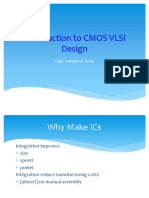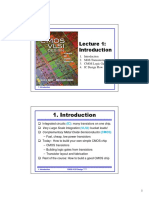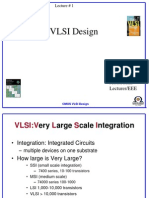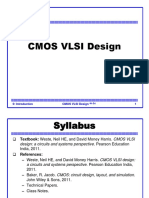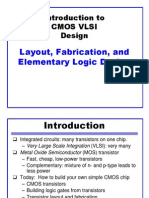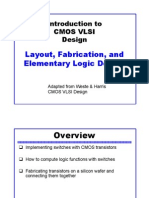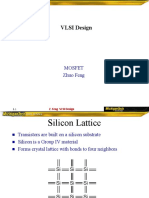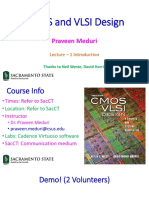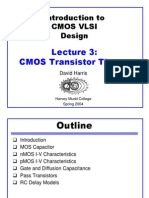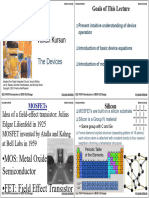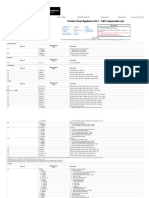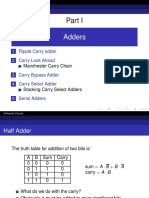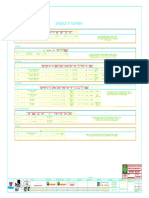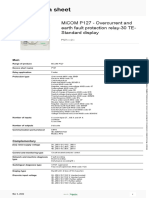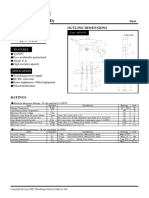0% found this document useful (0 votes)
5 views66 pagesch01 VLSI Introduction
Chapter 1 introduces CMOS VLSI design, covering topics such as CMOS circuits, transistor theory, and system design methods. It highlights the evolution of integrated circuits from the first transistor in 1958 to modern high-density chips, emphasizing the significance of miniaturization and power efficiency. The chapter also details the operation of nMOS and pMOS transistors, their fabrication processes, and the design of basic logic gates.
Uploaded by
23161320Copyright
© © All Rights Reserved
We take content rights seriously. If you suspect this is your content, claim it here.
Available Formats
Download as PDF, TXT or read online on Scribd
0% found this document useful (0 votes)
5 views66 pagesch01 VLSI Introduction
Chapter 1 introduces CMOS VLSI design, covering topics such as CMOS circuits, transistor theory, and system design methods. It highlights the evolution of integrated circuits from the first transistor in 1958 to modern high-density chips, emphasizing the significance of miniaturization and power efficiency. The chapter also details the operation of nMOS and pMOS transistors, their fabrication processes, and the design of basic logic gates.
Uploaded by
23161320Copyright
© © All Rights Reserved
We take content rights seriously. If you suspect this is your content, claim it here.
Available Formats
Download as PDF, TXT or read online on Scribd
/ 66











